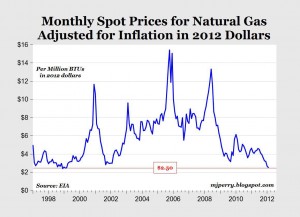In 2005, Mike and Chantell Sackett purchased a small lot in Iowa (.63 acres) for $23,000. When they began to lay gravel on the land, which is located in a residential neighborhood, they were hit by an EPA compliance order informing them that the property had been designated a wetland under the Clean Water Act. They were ordered to stop grading their property and were told that they would face fines of up to $75,000 per day if they did not return the parcel to its original state. When the Sacketts attempted to contest the order, the agency denied their request for a hearing.
The case went to the Supreme Court, and in March, Justice Antonin Scalia, writing for the court, said that the Sacketts are entitled to appeal the EPA order, rejecting the agency’s claims to the contrary. “The [law’s] presumption of judicial review is a repudiation of the principle that efficiency of regulation conquers all,” Scalia said in the decision. “And there is no reason to think that the Clean Water Act was uniquely designed to enable the strong-arming of regulated parties into ‘voluntary compliance’ without the opportunity for judicial review — even judicial review of the question whether the regulated party is within the EPA’s jurisdiction.”
Scalia also noted that the Sacketts’ property bore little resemblance to any popular conception of a wetland, protected or not.
“The EPA used bullying and threats of terrifying fines, and has made our life hell for the past five years,” said Mr. Sackett. “As this nightmare went on, we rubbed our eyes and started to wonder if we were living in some totalitarian country. Now the Supreme Court has come to our rescue and reminded the EPA — and everyone – that this is still America.”
Read this post…the personal cost of big-government thuggery…for more on the Sacketts’ ordeal.

